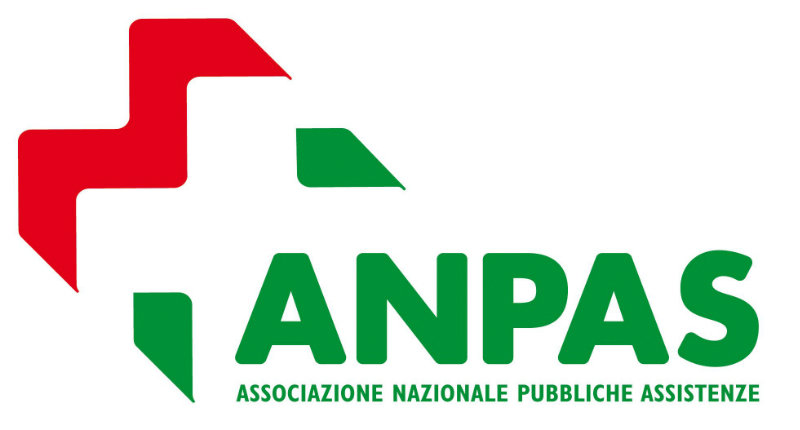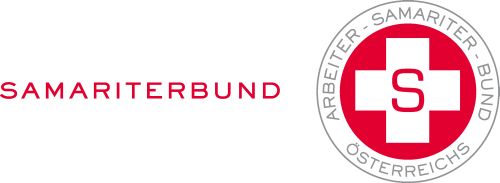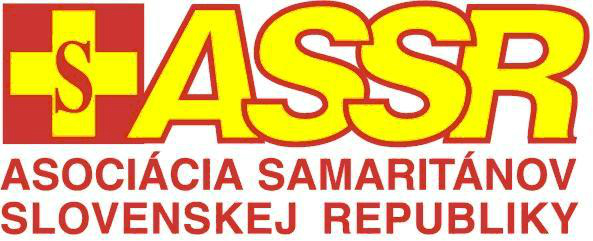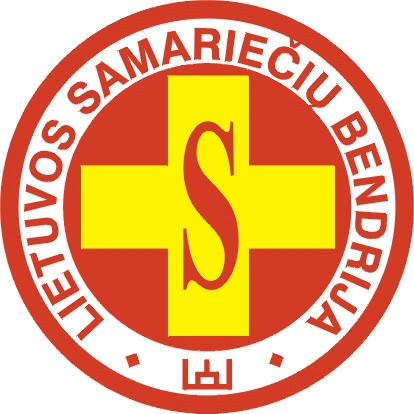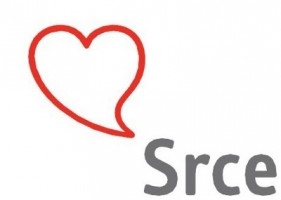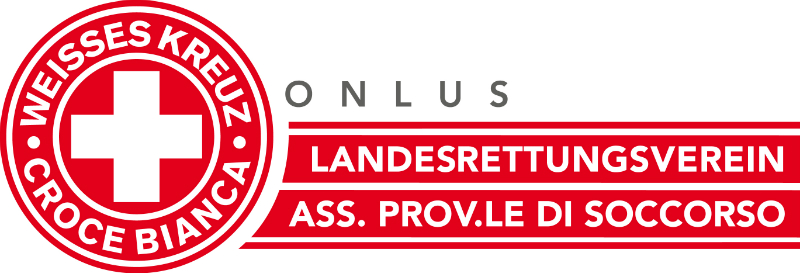Teaching and training materials – online catalogue
The I_TEM project utilized and can recommend a number of teaching and training materials – exercises, background information texts to be provided by e-learning, but also some simple media-based prompts for thought that have shown didactic value in the I_TEM pilot trainings.
This catalogue amends what is available in the teaching and training materials chapter of the final project result document by providing additional media, either as web links or as open educational resources. We provide download links for materials like slides, which are not practical to distribute in the print-focused result document itself, even if used in its PDF version, and collect relevant links for non-OER-reference materials in overview form.
Beyond the materials for the exercises and educational units named in the project result document, we also provide additional materials that training staff in the project found useful, even if it is not directly embedded in one of the described units. These are mostly picture material or presentations which are self-evident in their content, and thus a further description for these materials outside of the defined units is not provided. We still hope that adaptors of the I_TEM materials may find it useful.
All Open Educational Resources (OERs) are published under the Creative Commons License CC-BY-SA 4.0. For all other references, the copyright lies with the respective authors and the content at the links documented here are the sole responsibility of the publisher or maintainer at the respective source website or directory. Some files provided include works of third parties by way of quotation. We consider this a legitimate use, but are unable to re-license the complete file as an OER for this reason.
| Related to Segment / Exercise | OER? | Description/Title | Links/Media |
| General / Ice Breaking Exercise | Yes | Wheel of Fortune – Digitally supported ice breaker without groups | Online “Wheel of Fortune”: https://wordwall.net/it/resource/35472480/presentation |
| General / O-G1 Drawing the Camp | Yes | Group work on lay outing the premises of an emergency temporary shelter | Photo documentation of implementation during I_TEM pilot training, including set-up of flip chart working materials. |
| General / O-G2 Communication and information gathering | Yes | An exercise to put the learning results of each target group day into practical context | The participants work without a template, but the trainer can base the evaluation/discussion upon ANPAS’s SAMETS reception questionnaire template. |
| Children / O-PC1 Children in the ETS | Yes (in part) | An introductory plenary segment on Children in ETS | Prompt for discussion video (non OER): https://www.youtube.com/watch?v=IsF3gOClnHg&list=RDyiAPfg3kXOU&index=4 Presentation (OER) available here. |
| Children / O-PC2 Giocheria presentation | Yes | Presentation of the ANPAS best practice “Giocheria”, a kindergarten / day care-like module for children in emergencies | Presentation available here. |
| Children / O-PC3 Zero Tolerance Policy | Yes | Presentation on safeguarding children | Presentation available here. Please note: The presentation has had illustrative pictures removed that were free to use in an educational context but not free to be re-distributed by us. We recommend that any adaptors of this training segment add illustrative elements to the presentation’s design again. |
| Children / O-PC4 “Penta Pinta” | Yes | Presentation on ANPAS best practice “Penta Pinta”, a photography activity for children in ETS that, at the same time, is an important source of feedback and information for personnel | Presentation available here. Resulting photo book from an ETS during the Amatrice earthquake for illustration of the practices results available here. |
| Elderly people / O-PE1 Introduction | Yes (in part) | Introductory presentation on the topic of elderly people, including some basic elements of care-giving | Presentations are OER. General introductory presentation (contrasting target groups of elderly and people with disabilties, a general introduction as used for the project’s second pilot training on these two target groups) can be downloaded here. Presentation including basic elements of care-giving can be downloaded here here. Videos linked inside presentation. Additional web links (non-OER): ADCAP Good practice guide: embedding inclusion of older people and people with disabilities in humanitarian policy and practice https://www.preventionweb.net/publication/good-practice-guide-embedding-inclusion-older-people-and-people-disabilities HelpAge – Older People in Emergencies https://www.helpage.org/resource/older-people-in-emergencies-falling-through-the-cracks-of-emergency-responses/ HelpAge – Protection Interventions https://www.helpage.org/resource/protection-interventions-for-older-people-in-emergencies/ HelpAge Nutrition Interventions https://www.helpage.org/resource/nutrition-interventions-for-older-people-in-emergencies/ UNHCR Emergency Handbook on Older Persons https://emergency.unhcr.org/protection/persons-risk/older-persons |
| Elderly people / O-PE2 ACCA | Yes | Operative system – Assessment of Care-needs & Control of Assistance in the acute phase of emergency incidents (ACCA) | Presentation and operative templates for demonstration available here. |
| Elderly people / Dementia | Yes (in part) | Presentation for plenary segment “Dementia” | The presentation (OER) can be downloaded here. Relevant web links (non-OER): https://www.youtube.com/watch?v=q_sWiwI3yP0&ab_channel=SocialCareWalesTV%2FGofalCymdeithasolCymru https://www.youtube.com/watch?v=Erjzl1WL8yQ&ab_channel=SocialCareInstituteforExcellence%28SCIE%29 |
| Elderly people / Participation / Empowerment | Yes | Presentation for plenary segment “Participation / Empowerment” | The presentation can be downloaded here. (Please note that this is a minimal slideshow that mainly relies on oral presentation/discussion in the classroom) |
| Elderly people / Communication | Yes | Presentation for plenary segment “Communication” | The presentation can be downloaded here. This presentation leads up to the exercise “Grumpy guy”, explained in detail in the project result document, Exercise O-E2. |
| Elderly people / basic care measures | Yes | Demonstration videos | Instructional videos on: How to transfer a person from a bed to a wheelchair. How to change diapers of an adult person in a bed. |
| People with disabilities / PD1 Definitions and Introduction | No | Introductory presentation on definitions, myths and stereotypes | The presentation can be downloaded here. Additional web resources are linked in the presentation itself. |
| People with disabilities / PD2 How to approach people with disabilities | No | Presentation on interaction with people with disabilities, based on a multitude of sources of DPOs and other relevant advocacy organizations. | The presentation can be downloaded here. Relevant additional links: Ways to interact with people with disabilities: https://www.themobilityresource.com/blog/post/10-correct-ways-to-interact-with-people-with-disabilities/ https://www.wikihow.com/Interact-With-People-Who-Have-Disabilities http://uiaccess.com/accessucd/interact.html https://www.dhs.state.il.us/page.aspx?item=32276 How to talk with someone with an intellectual disability: https://www.wikihow.com/Talk-to-Someone-with-an-Intellectual-Disability Why is it important to empower people with disabilities: https://www.enableme.ke/en/article/10-reasons-why-we-need-to-empower-people-with-disabilities-1275 Physical activity for people with disabilities: https://www.cdc.gov/ncbddd/disabilityandhealth/features/physical-activity-for-all.html Working with People with Disabilities in Forced Displacement: www.unhcr.org/4ec3c81c9.pdf How to approach people with disabilities (Disability sensitivity training) – https://www.youtube.com/watch?v=Gv1aDEFlXq8 Self advocacy – https://youtu.be/cEhfcOBPVMU |
| People with disabilities / PD3 Communicatin tools | No | Presentation on different ways of communication. | Presentation available here. Additional useful web links: Types of communication, definition, examples, benefits for the workspace: https://www.personio.com/hr-lexicon/types-of-communication/#what-are-the-main-types-of-communication Makaton program: https://makaton.org/ Example of video with use of how to learn Makaton: https://www.youtube.com/watch?v=qWtS8jmwV34&t=4s Arasaac program: https://arasaac.org/ |
| People with disabilities / Risk analysis | Yes | Presentation with integrated small exercise on risks in emergency situations | The presentation is available for download here. |
| Multicultural / C1 Exercise NASA | No | Exercise NASA Moon Landing/Survival Challenge: | Source: Jay Hall, The procedural rules from Hall & Watson’s study (1970) NASA and Jamestown Education Module https://www.nasa.gov/pdf/166504main_Survival.pdf |
| Multicultural / C3 Exercise / The Derdians | No | Exercise The Derdians | Source: https://www.nonformality.org/wp-content/uploads/2006/03/derdians.pdf |
| Multicultural / General | No | Relevant web links to background reading | Multiculturalism (Stanford Encyclopedia of Philosophy): https://plato.stanford.edu/entries/multiculturalism/ Multiculturalism and minority rights: West and East: https://www.ssoar.info/ssoar/bitstream/handle/document/6206/ssoar-jemie-2002-iss_4-kymlicka-multiculturalism_and_minority_rights.pdf?sequence=1 Cultures, religions and minorities in Europe: https://www.pewresearch.org/religion/2018/10/29/eastern-and-western-europeans-differ-on-importance-of-religion-views-of-minorities-and-key-social-issues/ European Commission on Cultural, ethnic and religious diversity challenges in Europe: https://ec.europa.eu/migrant-integration/library-document/addressing-cultural-ethnic-religious-diversity-challenges-europe-comparative_en |
| Multicultural / General | No | Food-for-thought / discussion prompt media and picture set for “Stereotypes” segment | Example picture set aimed at challenging stereotypes available here. Pictures reproduced in low resolution, quoted as examples in the context of the training, sources listed. The document also includes links to videos that can be useful to prompt or guide discussion within the course. |
| Multicultural / Introduction | No | Presentation | Introductory presentation for illustration of segment available here. |
| Multicultural / Non-verbal communication | No | Presentation | Introductory presentation for illustration of segment available here. |
| Multicultural / Stereotypes | No | Presentation | Introductory presentation for illustration of segment available here. |
| Multicultural / Communication | No | Presentation | Introductory presentation for illustration of segment available here. |



